Yet, it Moves!
12 May - 31 Dec 2023
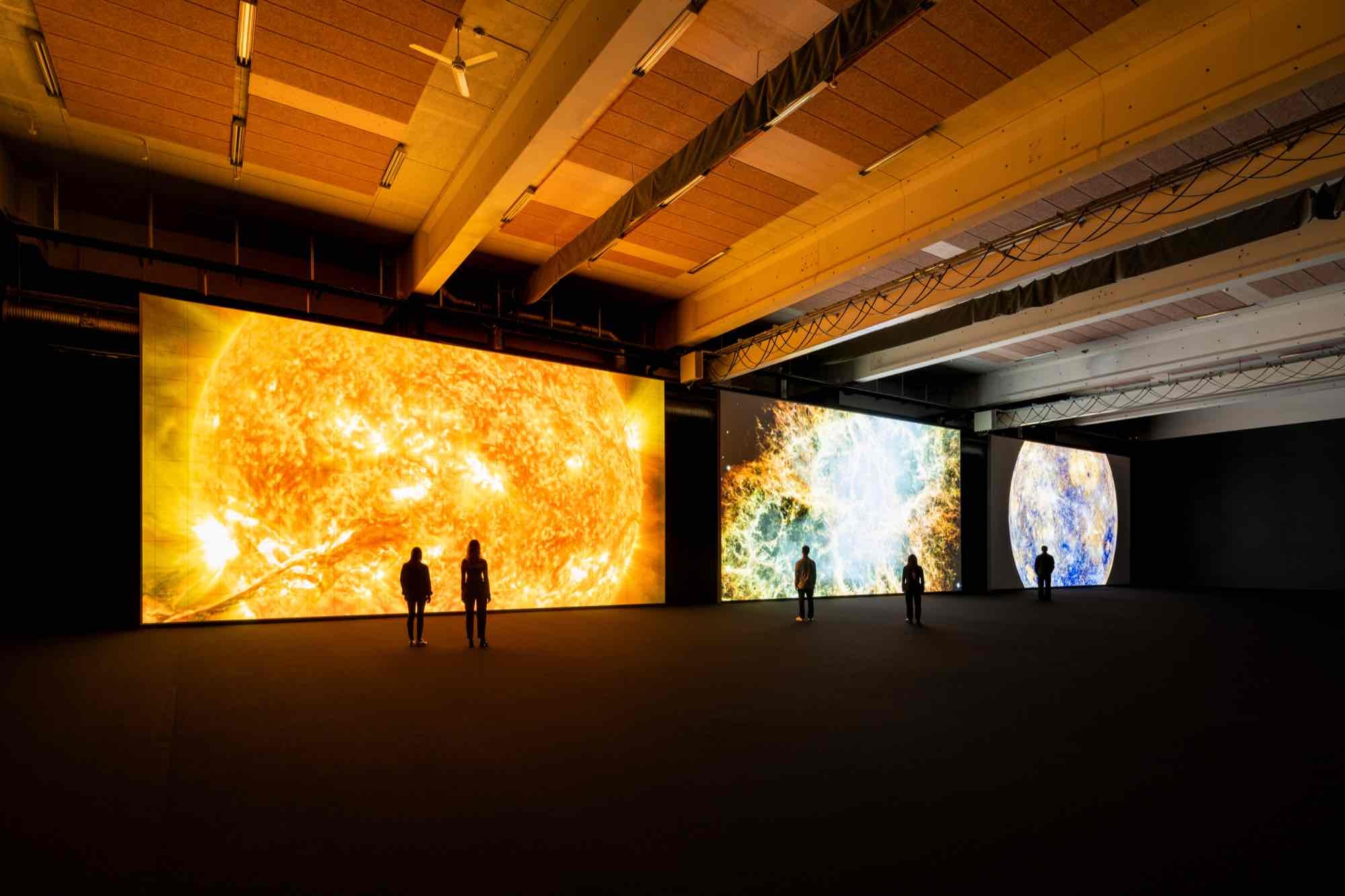
Ryoji Ikeda, data-verse 1/2/3 (2019-20)
Commissioned by Audemars Piguet Contemporary
Installation view Yet, It Moves!, Copenhagen Contemporary (2023)
Photo: David Stjernholm
Commissioned by Audemars Piguet Contemporary
Installation view Yet, It Moves!, Copenhagen Contemporary (2023)
Photo: David Stjernholm
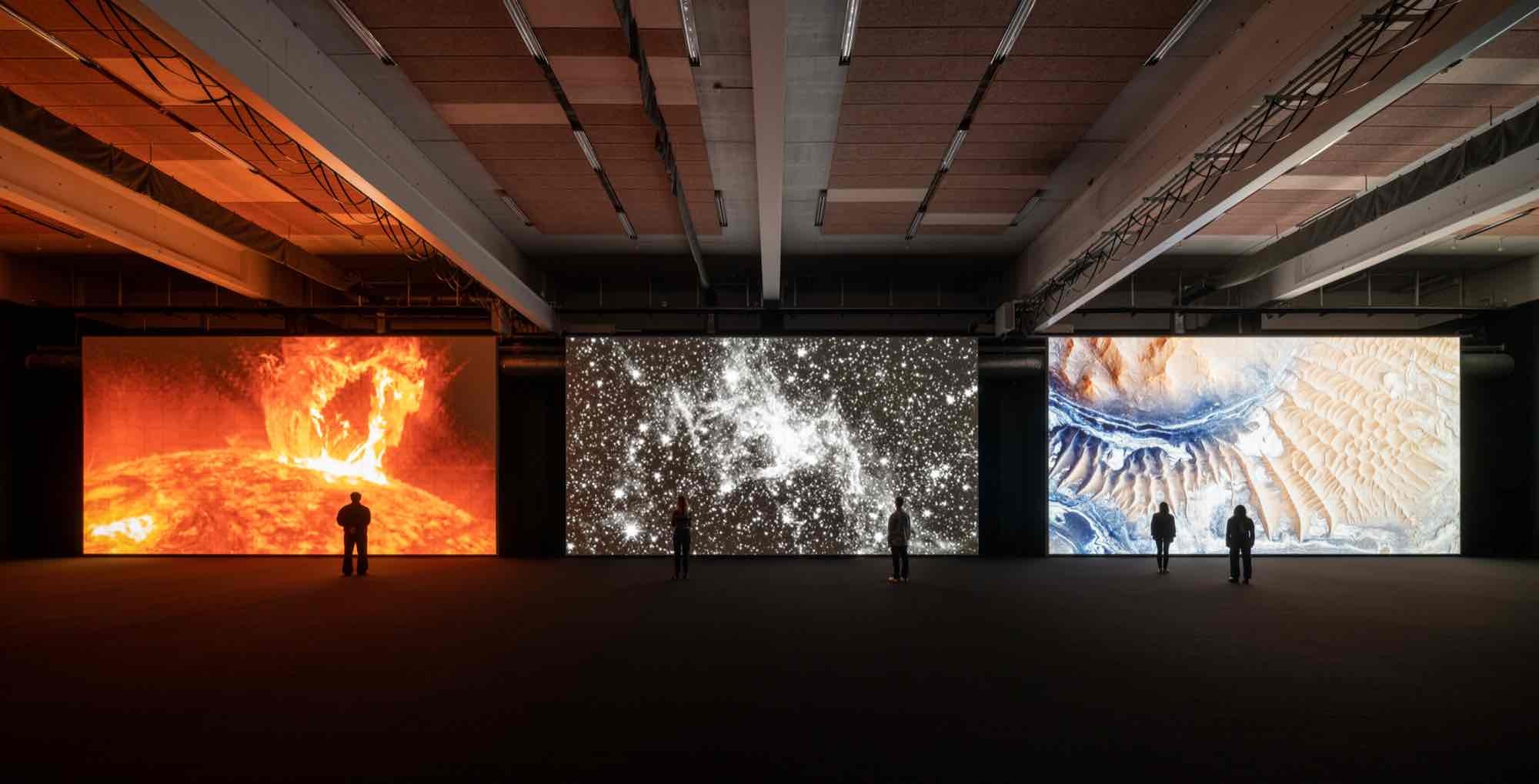
Ryoji Ikeda, data-verse 1/2/3 (2019-20)
Commissioned by Audemars Piguet Contemporary
Installation view Yet, It Moves!, Copenhagen Contemporary (2023)
Photo: David Stjernholm
Commissioned by Audemars Piguet Contemporary
Installation view Yet, It Moves!, Copenhagen Contemporary (2023)
Photo: David Stjernholm
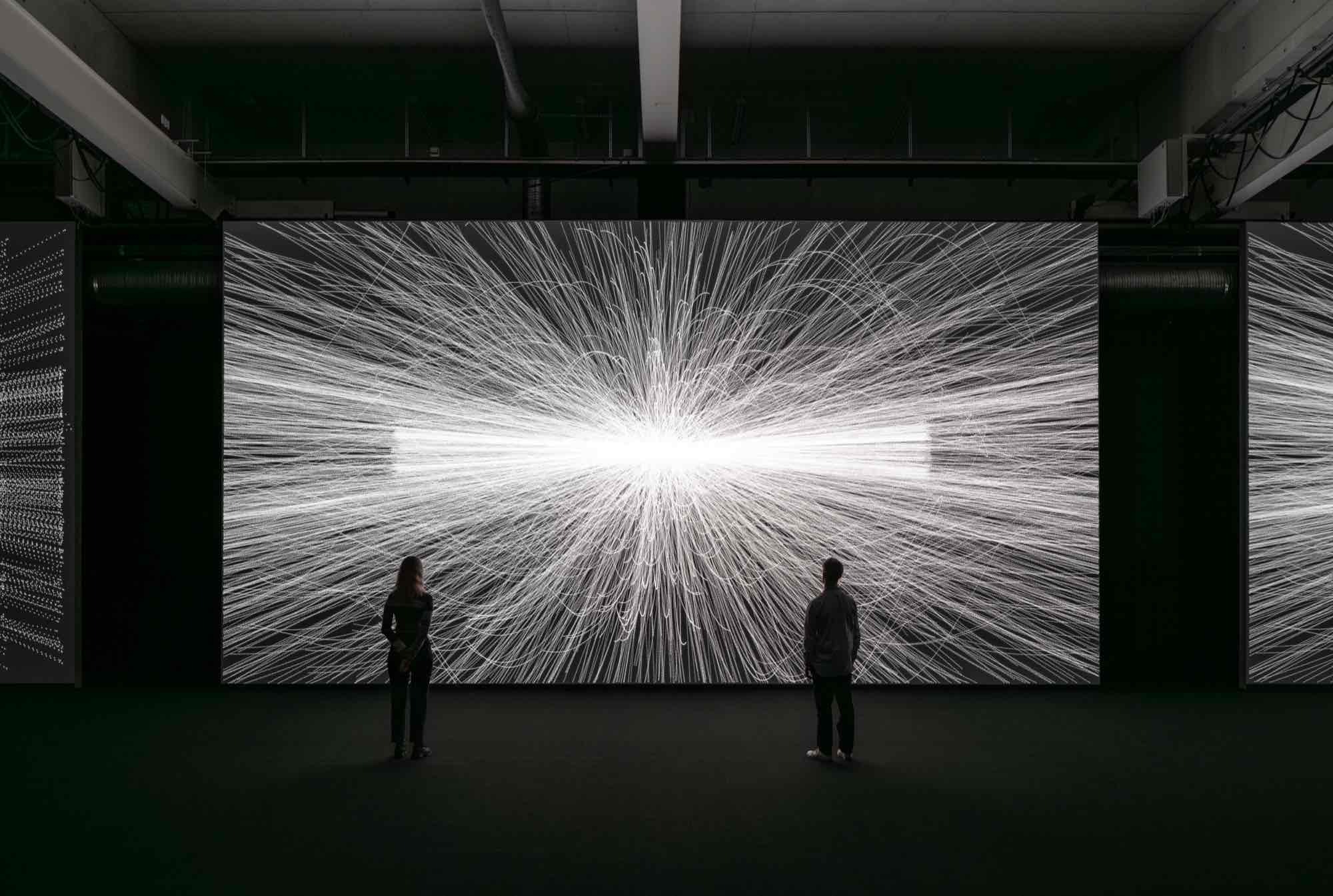
Ryoji Ikeda, data-verse 1/2/3 (2019-20)
Commissioned by Audemars Piguet Contemporary
Installation view Yet, It Moves!, Copenhagen Contemporary (2023)
Photo: David Stjernholm
Commissioned by Audemars Piguet Contemporary
Installation view Yet, It Moves!, Copenhagen Contemporary (2023)
Photo: David Stjernholm
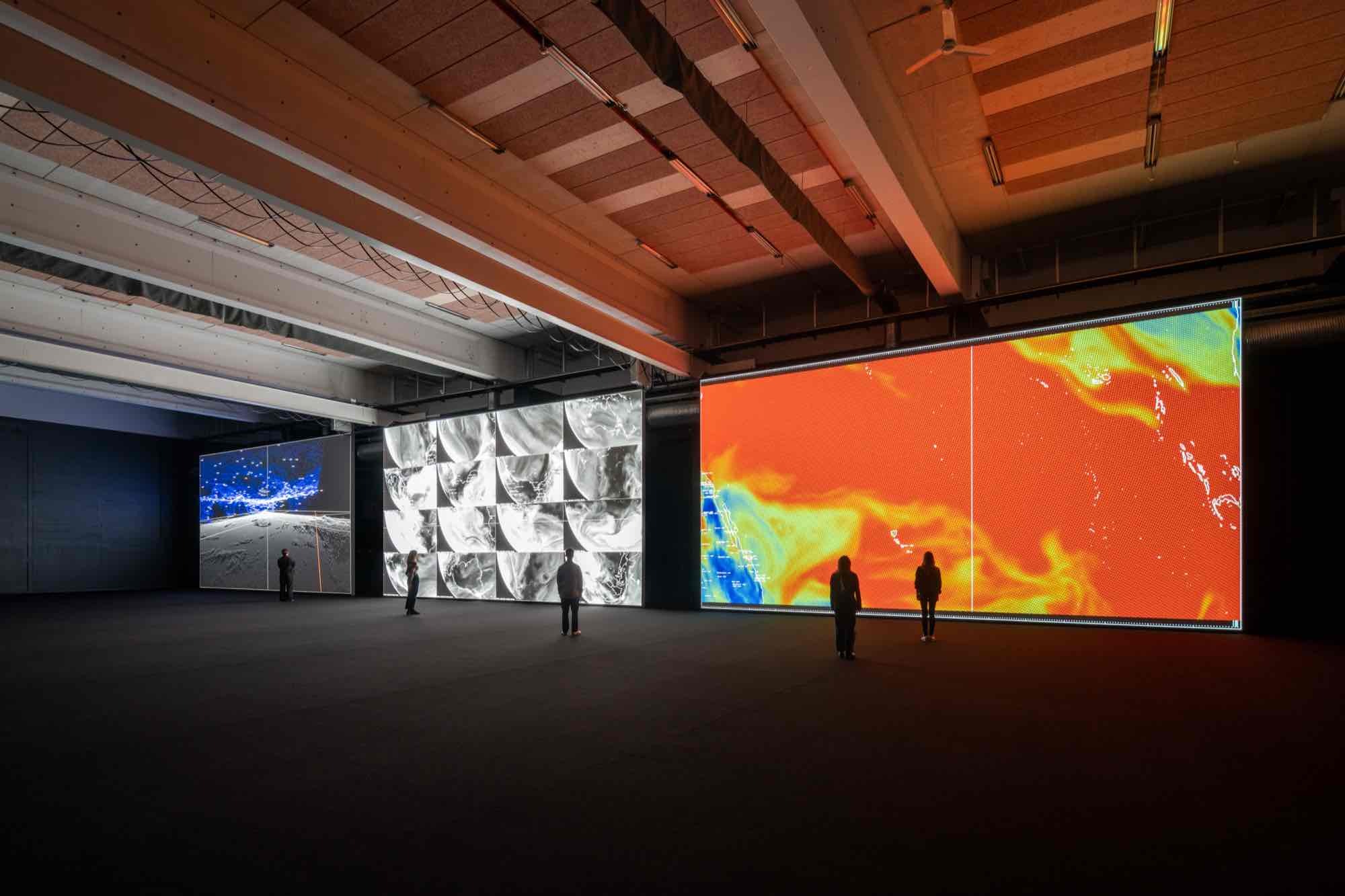
Ryoji Ikeda, data-verse 1/2/3 (2019-20)
Commissioned by Audemars Piguet Contemporary
Installation view Yet, It Moves!, Copenhagen Contemporary (2023)
Photo: David Stjernholm
Commissioned by Audemars Piguet Contemporary
Installation view Yet, It Moves!, Copenhagen Contemporary (2023)
Photo: David Stjernholm
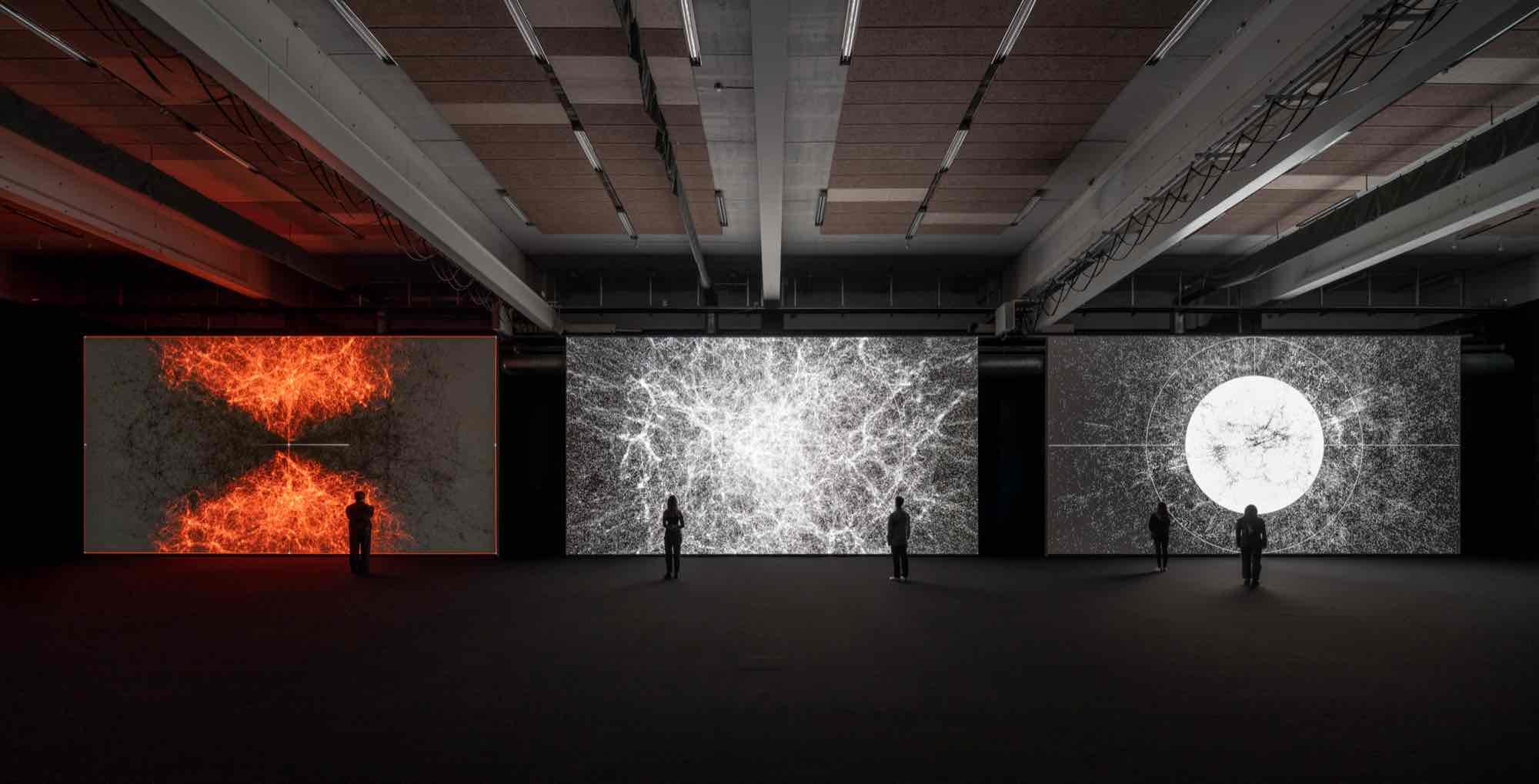
Ryoji Ikeda, data-verse 1/2/3 (2019-20)
Commissioned by Audemars Piguet Contemporary
Installation view Yet, It Moves!, Copenhagen Contemporary (2023)
Photo: David Stjernholm
Commissioned by Audemars Piguet Contemporary
Installation view Yet, It Moves!, Copenhagen Contemporary (2023)
Photo: David Stjernholm
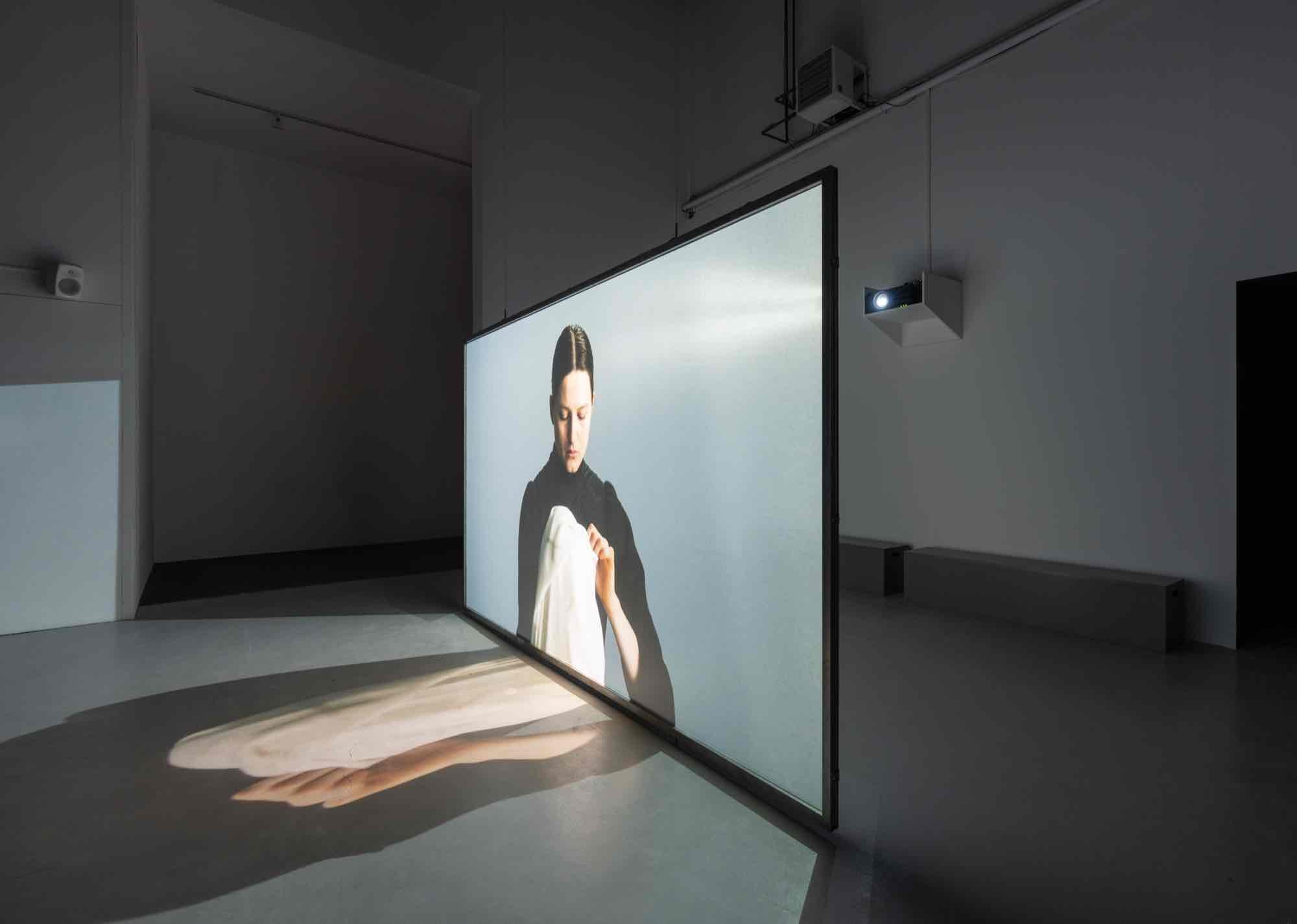
Helene Nymann, Carte De Continuonus – What do we remember that we want the future to remember? (2023)
Installation view Yet, It Moves!, Copenhagen Contemporary (2023)
Photo: David Stjernholm
Installation view Yet, It Moves!, Copenhagen Contemporary (2023)
Photo: David Stjernholm

Helene Nymann, Carte De Continuonus – What do we remember that we want the future to remember? (2023)
Installation view Yet, It Moves!, Copenhagen Contemporary (2023)
Photo: David Stjernholm
Installation view Yet, It Moves!, Copenhagen Contemporary (2023)
Photo: David Stjernholm
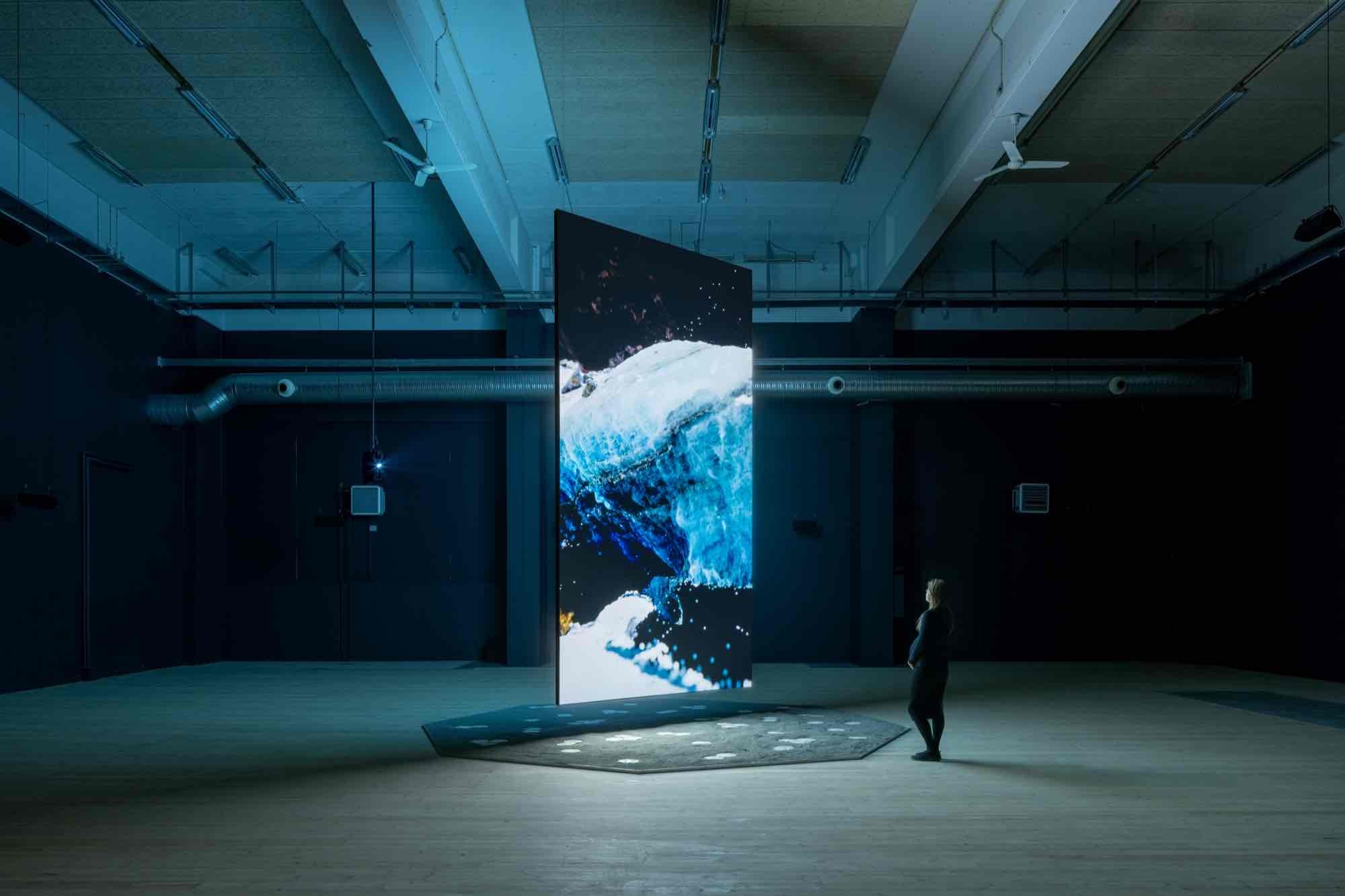
Jakob Kudsk Steensen, Tongues of Verglas / Les Langues de Verglas (2023) Installation view Yet, It Moves!, Copenhagen Contemporary (2023)
Photo: David Stjernholm
Photo: David Stjernholm

Jakob Kudsk Steensen, Tongues of Verglas / Les Langues de Verglas (2023) Installation view Yet, It Moves!, Copenhagen Contemporary (2023)
Photo: David Stjernholm
Photo: David Stjernholm

Jakob Kudsk Steensen, Tongues of Verglas / Les Langues de Verglas (2023) Installation view Yet, It Moves!, Copenhagen Contemporary (2023)
Photo: David Stjernholm
Photo: David Stjernholm
Yet, it Moves! is curated in partnership with external curator Irene Campolmi.
The exhibiting artists are Ryoji Ikeda, Jakob Kudsk Steensen, Jenna Sutela, Ligia Bouton, Helene Nymann, Nina Nowak, Jens Settergren, Black Quantum Futurism, Cecilia Bengolea, Cecilie Waagner Falkenstrøm and Nora Turato. Since 2021, the artists have engaged in dialogue with researchers at the exhibition’s four scientific research partners: DARK at the Niels Bohr Institute, University of Copenhagen; Arts at CERN in Geneva; the Interacting Minds Centre at Aarhus University; and ModLab (Digital Humanities Laboratory) at the University of California, Davis. This meeting of the minds has produced artworks with perspectives ranging across fields like astrophysics and quantum physics, brain and cognitive sciences, anthropology, and technology and performance studies.
“At CC, we are excited to welcome the public to the magical space where science and art meet. Both art and science are driven by a curiosity to understand the world and our place in it. Art can make abstract scientific concepts more accessible and relatable – by giving shape and form to the vast scale of the universe and the microscopic movements of subatomic particles,” says CC director Marie Laurberg.
Kicking off with a big opening party on 11 May, the exhibition project will stay “in motion” with new works and conversations introduced over its run. From the biggest halls at CC, the exhibition will extend into the cityscape, including the inner city, Copenhagen Airport, the borough of Nørrebro, the Inner Harbour and Søndermarken Park – places where Copenhageners move around every day.
A new space of reflection generates pioneering art
Yet, it Moves! explores the greater whole of which we are a part. Recognized in glimpses, this greater, moving whole is embodied in spectacular artworks giving shape and form to complex phenomena like black holes, star formation and gravitational waves – from the macro scale of the expanding universe to the micro scale of atomic explosions and particle. Other works focus on human body movement patterns – how they tie into the cyclical rhythms of the universe and how any movement is connected to everything around us. In CC’s biggest hall, the world-renowned Japanese artist and composer Ryoji Ikeda will present his monumental trilogy dataverse 1/2/3 for the first time in Scandinavia. In three giant video projections, Ikeda composes a sensory explosion of images and sound, sampling open source data on motion obtained from scientific institutions, including CERN, NASA and the Human Genome Project. The huge audiovisual installation represents three worlds: the microscopic natural world of atoms, molecules, DNA and cells that is invisible to the human eye. The human world we live in on Earth with our brains and bodies, other organisms, cities, climates, internet, air traffic, satellites and so on. And finally, the macroscopic world – from our planet to the solar system, galaxies, the observable universe and potential multiverses. It is dizzying to think that all life originates from the same point in the earliest beginning of the universe, and that all parts of it are linked together by movement. Explosions of elements are constantly taking place in the universe. Giant stars blow up, forming the heavy elements and particles that we and everything around us are made of.
In Pond Brain, the Finnish artist Jenna Sutela offers a sensual experience through the image of the human brain as a pond teeming with processes and communication pathways, accompanied by a soundscape of processed recordings of cosmic motion that links humanity to the universe.
In 3D animations, VR, AR, sound and immersive installations, the acclaimed Danish artist Jakob Kudsk Steensen creates poetic interpretations of overlooked natural phenomena, often in collaboration with biologists, composers and writers. Kudsk Steensen’s large-scale installation for Yet, it Moves! reflects his interest in time, wetlands and the states of water – from liquid to crystal. The work studies the complex forms of life inside a glacier in Switzerland, and poetically records the slow movement of nature in the rare and unique ice formations and their current decline.
The Croatian artist Nora Turato examines the transitory nature of language. For Yet, it Moves!, Turato has made a new three-part work: a live performance at CC, a film about the performance and a poster campaign that will appear in the streets of Copenhagen. In this series, Turato investigates the link between the spoken language, neuronal connections and the movement of the human body. In simple, synthetic sentences, the poster describes how the brain interlinks bodily impulses and words to create movement in the body and in other bodies around it.
The title of the project is a statement attributed to Galileo, who was forced by the Catholic Church to deny that the Earth moves around the sun, which would have robbed the Earth of its spot at the centre of the universe. Galileo bravely defended his theory, declaring, “Yet, it moves!” He was referring to the now universally known fact that, no matter what humans do, the Earth still moves as part of the greater movement of the universe, affecting us and the world we move in every day.
The exhibiting artists are Ryoji Ikeda, Jakob Kudsk Steensen, Jenna Sutela, Ligia Bouton, Helene Nymann, Nina Nowak, Jens Settergren, Black Quantum Futurism, Cecilia Bengolea, Cecilie Waagner Falkenstrøm and Nora Turato. Since 2021, the artists have engaged in dialogue with researchers at the exhibition’s four scientific research partners: DARK at the Niels Bohr Institute, University of Copenhagen; Arts at CERN in Geneva; the Interacting Minds Centre at Aarhus University; and ModLab (Digital Humanities Laboratory) at the University of California, Davis. This meeting of the minds has produced artworks with perspectives ranging across fields like astrophysics and quantum physics, brain and cognitive sciences, anthropology, and technology and performance studies.
“At CC, we are excited to welcome the public to the magical space where science and art meet. Both art and science are driven by a curiosity to understand the world and our place in it. Art can make abstract scientific concepts more accessible and relatable – by giving shape and form to the vast scale of the universe and the microscopic movements of subatomic particles,” says CC director Marie Laurberg.
Kicking off with a big opening party on 11 May, the exhibition project will stay “in motion” with new works and conversations introduced over its run. From the biggest halls at CC, the exhibition will extend into the cityscape, including the inner city, Copenhagen Airport, the borough of Nørrebro, the Inner Harbour and Søndermarken Park – places where Copenhageners move around every day.
A new space of reflection generates pioneering art
Yet, it Moves! explores the greater whole of which we are a part. Recognized in glimpses, this greater, moving whole is embodied in spectacular artworks giving shape and form to complex phenomena like black holes, star formation and gravitational waves – from the macro scale of the expanding universe to the micro scale of atomic explosions and particle. Other works focus on human body movement patterns – how they tie into the cyclical rhythms of the universe and how any movement is connected to everything around us. In CC’s biggest hall, the world-renowned Japanese artist and composer Ryoji Ikeda will present his monumental trilogy dataverse 1/2/3 for the first time in Scandinavia. In three giant video projections, Ikeda composes a sensory explosion of images and sound, sampling open source data on motion obtained from scientific institutions, including CERN, NASA and the Human Genome Project. The huge audiovisual installation represents three worlds: the microscopic natural world of atoms, molecules, DNA and cells that is invisible to the human eye. The human world we live in on Earth with our brains and bodies, other organisms, cities, climates, internet, air traffic, satellites and so on. And finally, the macroscopic world – from our planet to the solar system, galaxies, the observable universe and potential multiverses. It is dizzying to think that all life originates from the same point in the earliest beginning of the universe, and that all parts of it are linked together by movement. Explosions of elements are constantly taking place in the universe. Giant stars blow up, forming the heavy elements and particles that we and everything around us are made of.
In Pond Brain, the Finnish artist Jenna Sutela offers a sensual experience through the image of the human brain as a pond teeming with processes and communication pathways, accompanied by a soundscape of processed recordings of cosmic motion that links humanity to the universe.
In 3D animations, VR, AR, sound and immersive installations, the acclaimed Danish artist Jakob Kudsk Steensen creates poetic interpretations of overlooked natural phenomena, often in collaboration with biologists, composers and writers. Kudsk Steensen’s large-scale installation for Yet, it Moves! reflects his interest in time, wetlands and the states of water – from liquid to crystal. The work studies the complex forms of life inside a glacier in Switzerland, and poetically records the slow movement of nature in the rare and unique ice formations and their current decline.
The Croatian artist Nora Turato examines the transitory nature of language. For Yet, it Moves!, Turato has made a new three-part work: a live performance at CC, a film about the performance and a poster campaign that will appear in the streets of Copenhagen. In this series, Turato investigates the link between the spoken language, neuronal connections and the movement of the human body. In simple, synthetic sentences, the poster describes how the brain interlinks bodily impulses and words to create movement in the body and in other bodies around it.
The title of the project is a statement attributed to Galileo, who was forced by the Catholic Church to deny that the Earth moves around the sun, which would have robbed the Earth of its spot at the centre of the universe. Galileo bravely defended his theory, declaring, “Yet, it moves!” He was referring to the now universally known fact that, no matter what humans do, the Earth still moves as part of the greater movement of the universe, affecting us and the world we move in every day.
